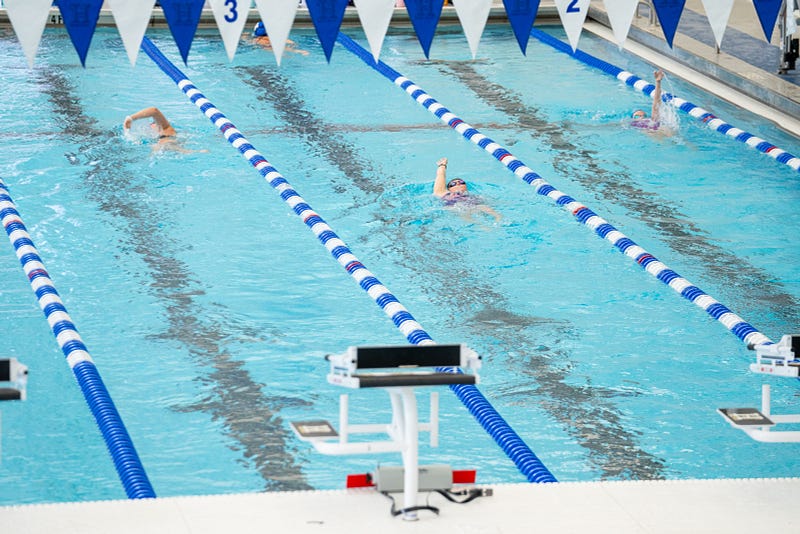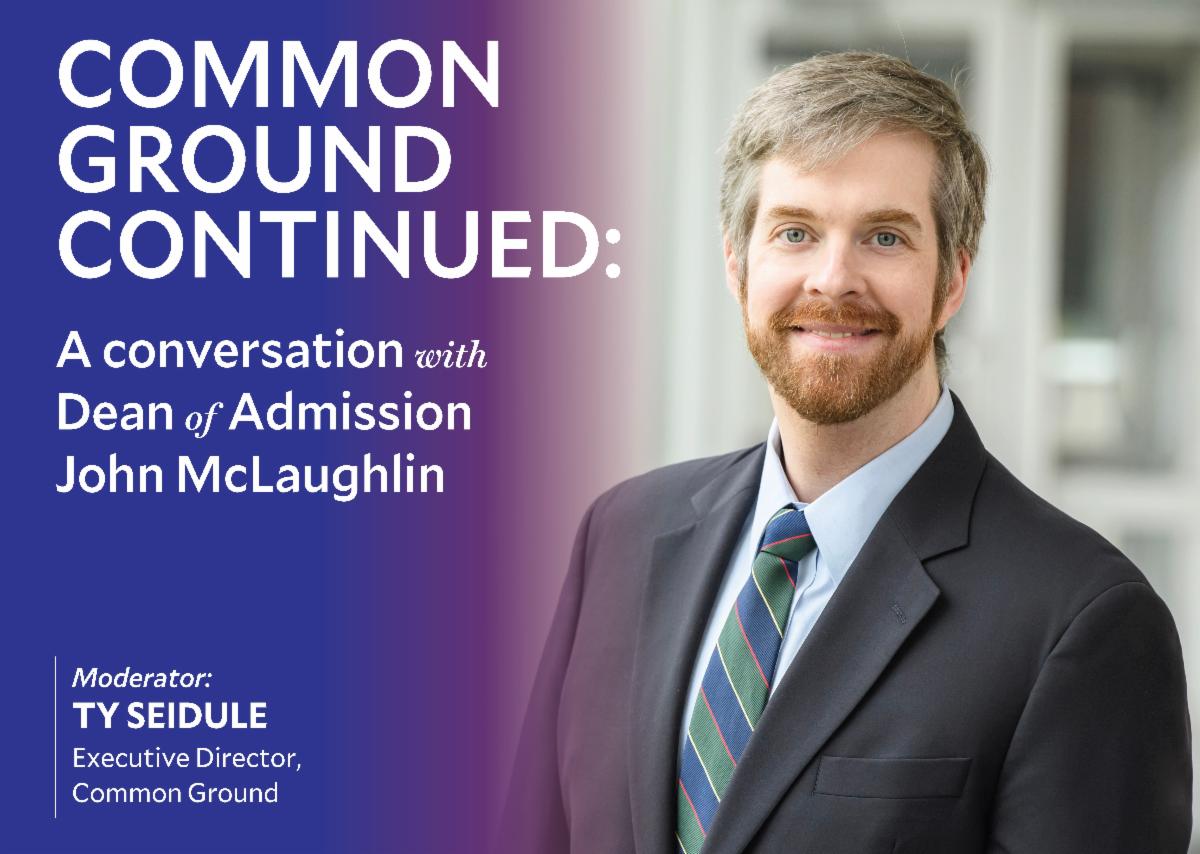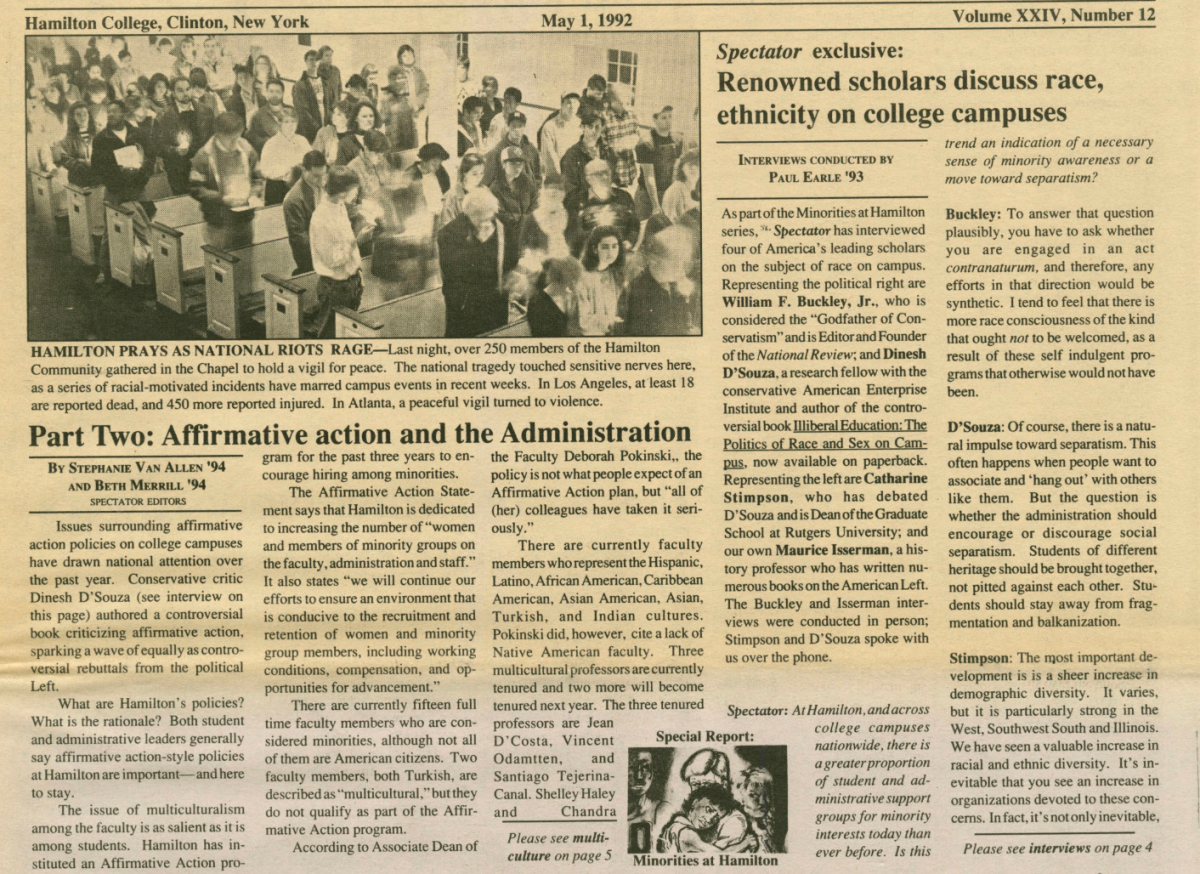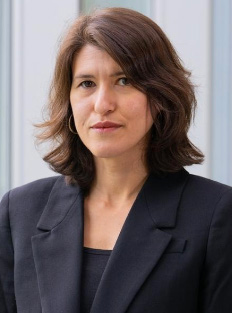
On March 7th of this year, an all-campus email was sent out informing Hamilton students that the faculty had voted to eliminate the swim test as a graduation requirement. The reasons cited for elimination by the Department of Physical Education was that it was the only graduation requirement that could be completed in one way. The other requirements to graduate (the three writing intensive courses, one quantitative and symbolic reasoning course, one social structures and hierarchies course and three general physical education courses) could all be completed in a variety of ways. They stated that the swim test proved antithetical to Hamilton’s value of an open curriculum.
In my opinion, this is a mistake on multiple levels.
Some skills in life can mean the difference between life and death, and it can only be possible for a person to meet a certain requirement in order to confidently make sure they can perform a task requiring that skill. For instance, while there are multiple ways one can learn CPR, there is only one way to perform it that will save someone’s life. Swimming is no different and, in some ways, is even more of a flexible skill than CPR. There are multiple strategies to learn swimming. As someone who took swimming lessons every summer from the age of five to fifteen, I have tried many different learning techniques. However, the goal of swimming lessons remains that everyone must be able to stay afloat, and there is only one way to really make sure of that: swim tests.
While an increasing number of Hamilton’s peer schools — such as Williams — have eliminated the swim test, some of them rightfully stand by the practice. Cornell University’s website states that their rationale for the swim test is that drowning remains a common cause of death among children. According to the Center for Disease Control (CDC), 4,000 Americans die of drowning every year. It is the most common cause of death among children ages 1–4 and the second-most common among children ages 5–14. The elimination of the swim test sends the wrong message to the Hamilton community: that learning how to swim is not important.
Eliminating the swim test does not just send the wrong message to the Hamilton community — it continues a long cycle of racial injustice. According to the CDC, black American children are 7.4 times more likely to drown in a swimming pool than white American children. This is a direct legacy of segregation, as many public pools in the U.S. prior to the 1970s did not allow black people. As a result, fewer black adults know how to swim, and therefore do not teach their children. Cornell’s website states that many cases of children drowning occur in situations where the parent or guardian did not know how to swim and the test serves to break that cycle. Hamilton needs to send the message that these past injustices perpetuated by society were wrong by indicating everyone should have the opportunity to learn how to swim, as well as encouraging them to teach their children to do so.
I am sympathetic to Hamilton’s value that one can accomplish any skill, such as writing or quantitative skills, in a multitude of ways. Swimming is no different. People have different aptitudes and life experiences. I believe that anyone can learn and improve on their swimming skills, whether they have been swimming since they knew how to walk or had never been in a pool. This is why Hamilton should continue to offer the beginners swim class to those who do not pass the test. While I presume that they already do this, the swim coaches should go into the class with full acknowledgement that students have significantly different levels of experience in the pools and should accommodate their learning style to the best of their ability.
With that said, Hamilton needs to reconsider the repeal of the swim test requirement on the grounds that drowning remains a tragic, common and preventable cause of death that disproportionately affects historically marginalized groups. Having every Hamilton student learn how to swim, regardless of their individual learning styles and backgrounds, will fulfill Hamilton’s mission of preparing its students to make positive contributions to society.
















